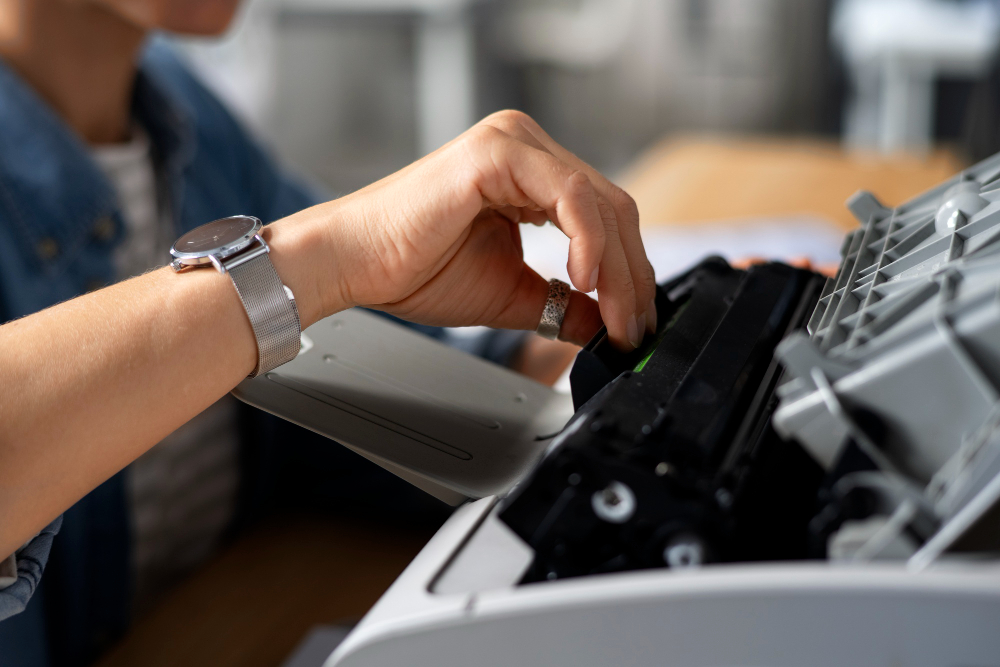
Regardless of the size of your business and the scale of its operations, you need to identify the right label printing option. Labels are integral aspects of company operations and branding; hence proper care should be taken to optimize their production.
And that leads this discussion back to the aspect of choosing the best printer for such a task. It is only when you pick properly that the label production will turn out in high quality and precision. So, it’s time to dive right into it with 7 key considerations for choosing label printers.
1. Number of Labels Needed
The volume of labels you’ll need to print daily will determine the type of printer you need. From mid-range to industrial applications, printers with high precision and speed are valued for label production.
2. Print Resolution and Quality
The quality of your labels depends heavily on the resolution of the printers you acquire. Remember that your labels have to be of high quality, especially with the small barcodes and fonts. In addition, you should consider label printers with adjustable resolution for efficiency.
3. Label Printer Size
When choosing label printers, company or office space is also crucial. It should be checked to see the amount of space available compared to the size of the printers. Then, you ask yourself if the printers are ideal and fit into the workspace. If they don’t, you simply search for another.
4. Cost of Acquisition
When buying label printers, you should always think ahead and ask if your brand will benefit from such a decision. You should also note that there will be continuous costs used in running the operation of the label printers. When you factor all these together with the volume of labels and perceived income, you should come up with the best decision.
5. Durability and Reliability
Midrange applications may not require heavy usage of the printers. However, in industrial situations, label printers run pretty much all the time. If you fall under this scenario, you’re expected to procure a label printer that can withstand the stress and deliver high efficiency at all times.
6. Label Material Compatibility
You can’t risk procuring a printer that has no business in the workspace. Remember that each application of label printing requires different materials to function. In some cases, it’s polyester, and other times, it’s paper or synthetic.
Regardless, proper care should be taken to ensure the printer is compatible with the materials that will be used.
7. Maintenance Requirements
Finally, you need to consider the cost and effort required to keep the printers running. It’s a no-brainer that you should target printers with low maintenance. They ensure ease of life and allow for high output and efficiency in the workplace.
Conclusion
Label printers are crucial to ensuring the steady production of labels. Labels, in turn, ensure the effective marketing of your brand and positive effects on customer perception. How well your printers work will affect how good your brand will look. So, be sure to follow this guide for the best option.










